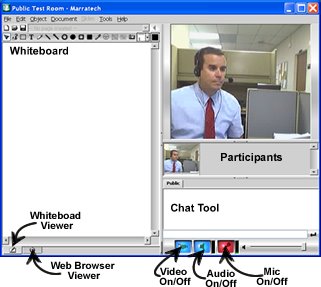
I originally intended for this weeks’ blog, to discuss the different types of video conference devices available today. But, I am working on a project for the Rutger’ Libraries I want to share with my internet audience.
Distance Reference Work
Background/Need
This past summer, I attended a Rutgers Libraries departmental meeting where we discussed how to deal with the drastic budget cuts imposed by the NJ Governor’s office. The Rutgers Libraries lost eight percent of the operating budget forcing Library administration to let go most part time employees. The reduction in staff made it impossible to maintain the public service coverage schedules.
One woman who worked at a circulation desk was frustrated that her library’s patrons did not have access to a reference person at certain times of the week. She suggested that the libraries have a reference person answer reference questions by phone.
I thought she had a wonderful idea but, it required a much richer form of communication than the phone.
I proposed to set up work stations at two libraries. One station would be for a reference librarian the other for a patron at a distant library requiring assistance.
I knew that to make this work I had to choose a communications tool that filled specific requirements necessary for a reference person to effectively satisfy a patron’s question.
I researched and wrote a paper on the interaction between patrons and library reference personnel. One key element is screen sharing.
The reference person must be able to show the search path she has on her computer screen to the patron in real time with SVGA resolution..
To maximize communications, both parties must be able to see and hear each other clearly. Based on research by Mare Radford, non verbal communication can account for up to 80% of the information transferred in a face to face discussion.
Additionally, the software must be easy to use, reliable, firewall friendly, flexible with band width and compatible with other platforms.
Three desktop video conference products currently on the market, fulfill all the aforementioned requirements.
It was a toss up as to which of the three top products I was going to choose. I chose Marratech videoconference software because it was offered as a free download to NJ schools by a New Jersey organization (NJEDJ)and Verizon.
This screen shot is what the Library patron and reference person would view simultaneously. The reference person would perform a web search on the white board area while talking and seeing the patron’s reaction.
I will learn much more about desktop video-conference systems when I perform trials next week
No comments:
Post a Comment